Venice Film Festival. Nine-minute standing ovation. A reported number of men growling in the audience, visibly squirming, some even leaving mid-screening as two male characters are in an intimate scene. I mean, the movie’s literally titled Queer. What exactly did they expect?
Guadagnino’s 2024 adaptation of Queer is based on the slim but powerful 1985 William S. Burroughs novella of the same name. Set in 1950s Mexico City, the film follows Lee, an aging American expat (Daniel Craig) escaping the U.S. for reasons that include, but are not limited to, his heroin and cocaine addiction, both of which would land him in prison back home. He is an outsider, prowling through a small American community, wrapped in a cowboy-like white suit and hat, exuding a hyper-masculine persona that barely masks his desperate loneliness. His world tilts when he meets Eugene Allerton (Drew Starkey), a young, enigmatic student-journalist who, like Lee, is playing a role. Allerton projects a cool, detached confidence – he drinks, smokes, and flirts in bars, always seated across from Mary, a girl he routinely defeats at chess, as if performing a version of himself that might convince even him.
Guadagnino first read Queer at age 18 and says he wrote an “awful” screenplay based on it when he was just 20 years old. The story stuck with him—and making this film, as he says, was always on his bucket list.

Source: Vogue
Daniel Craig’s Most Unexpected Role Yet?
Craig’s Lee is part tragic figure, part goofball, a man staggering between self-delusion and raw, unfiltered longing. We have definitely not seen much of Craig’s range over the past years – think: his brooding Bond to his campy Benoit Blanc – but Queer peels back dozens of layers. Here, he is vulnerable, a bit pathetic even, stripped of the action-hero facade that has defined his career for decades. And let’s be real – nobody expected Craig to be the face of a tender, aching, erotic queer love story. Yet, he steals every scene.
His chemistry with Drew Starkey is palpable. Starkey, who landed the role after being spotted by Guadagnino in a play and later sealing the deal with a knockout self-tape (personally vetted by Craig himself), portrays Gene with the kind of quiet magnetism that makes it clear why Lee becomes obsessed with him. But Queer is not about unreciprocated lust or one-sided infatuation. As Guadagnino himself emphasized, this is a love story, one where love is very much present – it is just that the characters are simply out of sync.

Source: Next Best Picture
From the Beat Generation to Guadagnino’s Dreamlike Mexico
Burroughs’ Queer is often considered semi-autobiographical, just like Naked Lunch (famously adapted by David Cronenberg in 1991, also featuring a character named ‘Lee’). Here, Guadagnino leans into the essence of the Beat Generation’s existential drift while injecting his signature dreamlike atmosphere. The film bathes in deep blues and burnt oranges, its Mexico City drenched in surreal, feverish textures. Guadagnino’s penchant for sensuality and psychological intensity returns in full force—this is Call Me By Your Name but sweatier, more feverish, more jagged and more rock ‘n’ roll. Chapter One is incredibly atmospheric – the texture, the magic of sound stage classic filmmaking, the camerawork, the acting and the music. However, Chapter Two and Three are a bit muddled, both when it comes to the story and the pacing.
We must talk about Jason Schwartzman, who previously turned down working with Guadagnino due to height concerns (yes, really—he thought he was too short to play against Tilda Swinton in I Am Love), takes on the role of Joe Guidry, a fictionalized version of Allen Ginsberg. Schwartzman’s performance is sharp, dryly funny, and charged with quiet sadness, mirroring his loneliness. Meanwhile, Leslie Manville plays Dr. Cotter, a role originally written as a man in Burroughs’ novel but transformed here into a hypnotic, knowing presence. Her Cotter operates as a mediator of sorts, pulling buried truths out of the two men. And yes, she is stunning. As always.
One of the film’s most magical moments comes early on, set to Nirvana’s Come As You Are. It’s a collision of eras—Burroughs’ postwar Mexico meeting 90s grunge nihilism—but it works. It works so well. The night scene, featuring a fight between roosters while Lee and Allerton lock eyes, is a primal, electric introduction to their dynamic. They are outsiders, watching outsiders, drawn to each other in a place that neither really belongs to.
Guadagnino has always been at his best when working within the worlds of desire, identity, and secrecy, even a bit of magic. He understands that craving is more compelling than fulfillment, and in Queer, he lets that tension simmer. The dreamlike sequences seemingly inspired by Magritte or a devastatingly beautiful close-up of Craig’s face partially obscured by cherry blossoms – feel like glimpses into something sacred, fleeting, and ultimately, inescapable.
The Bottom Line
Queer is not a film about unrequited love. It’s not a film about obsession, either. It’s about the space between those things – the longing, the hesitation, the self-destruction that comes when love is almost, but not quite, in sync. Guadagnino has crafted something electric, sensual, and deeply melancholic.
And honestly? If Queer made certain audience members uncomfortable, it’s probably doing something right.
Queer is now available on HBO Max and Paramount+.
~ by Dora Endre ~

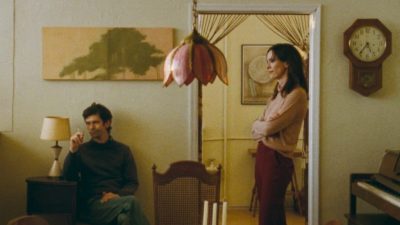

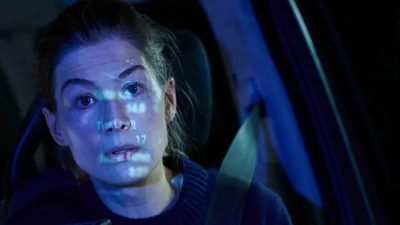
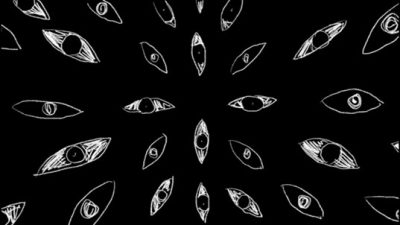
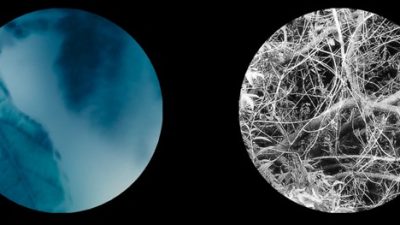

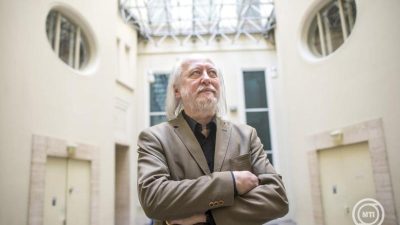
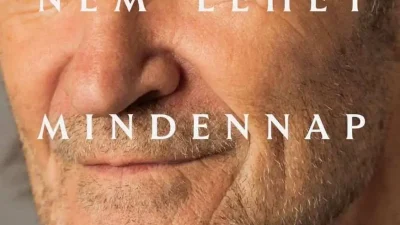
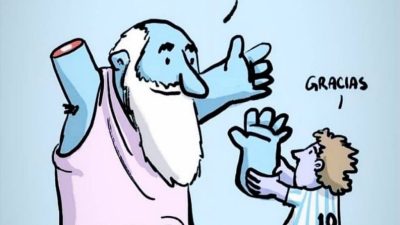

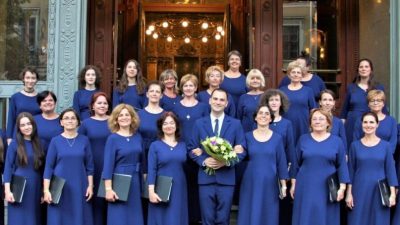

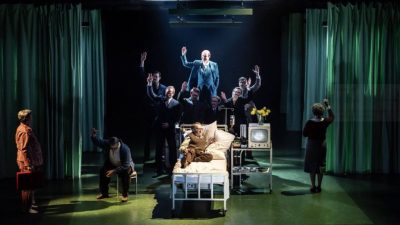
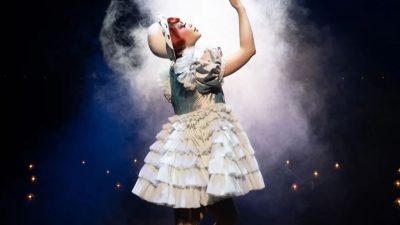
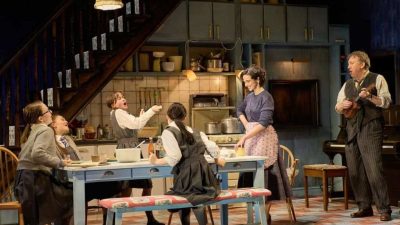



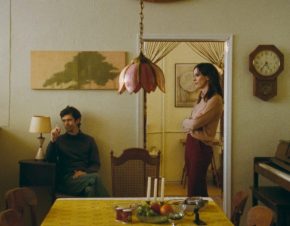
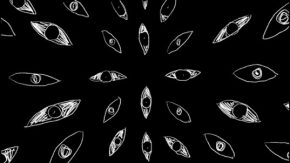




Comments